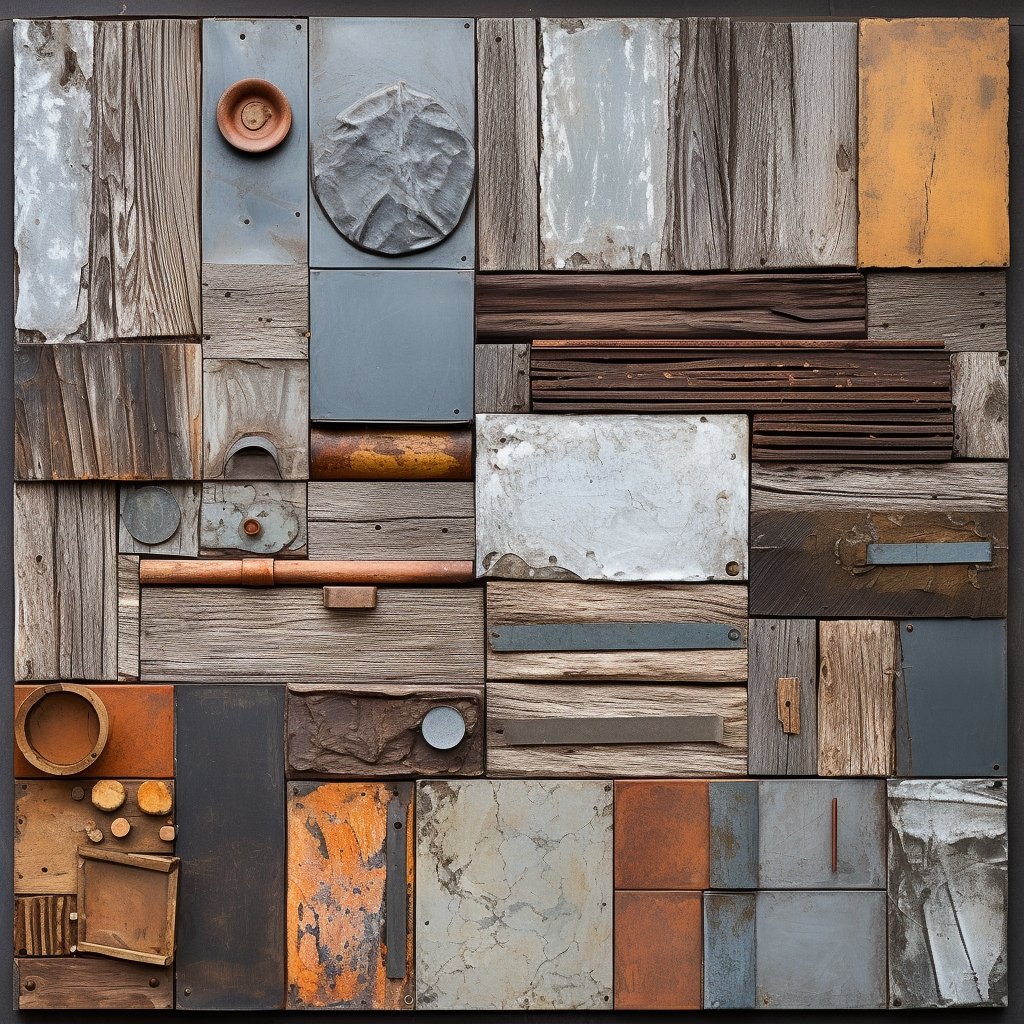Aluminum, a metal renowned for its durability and resistance to rust, is a popular choice in various industries. However, like all metals, it is not entirely immune to the effects of weathering. This article delves into the science behind aluminum weathering, the protective role of powder coating, and how rubber feet can prevent scratches that could compromise this protective layer.
Aluminum and Weathering
Aluminum is a robust and versatile metal that is resistant to rust, a form of iron oxide that forms when iron reacts with oxygen in the presence of water or air moisture. Unlike iron, aluminum reacts with oxygen in the air to form a thin, hard layer of aluminum oxide on its surface. This layer is highly resistant to further corrosion, making aluminum an excellent choice for outdoor and industrial applications.
However, aluminum is not entirely immune to weathering. Over time, exposure to the elements can cause the aluminum oxide layer to thicken and become more porous, leading to a form of corrosion known as "pitting." Pitting is a localized form of corrosion where cavities or "pits" are formed in the surface of the metal. This can lead to a rough and uneven surface appearance, but it does not generally affect the structural integrity of the aluminum.
The Protective Role of Powder Coating: A Detailed Examination
To enhance the durability and aesthetic appeal of aluminum, a process known as powder coating is often employed. Powder coating is a type of coating that is applied as a free-flowing, dry powder. Unlike conventional liquid paint, it requires no solvent to keep the binder and filler parts in a liquid suspension form. This makes it an environmentally friendly and efficient coating option.
The powder used in the coating is a mixture of finely ground particles of pigment and resin. This powder is electrostatically sprayed onto the surface to be coated, using a spray gun which applies a charge to the powder particles. These charged particles adhere to the electrically grounded surface until heated and fused into a smooth coating in a curing oven.
The curing process, which typically involves heating the part in an oven at temperatures ranging from 160 to 210 degrees Celsius (320 to 410 degrees Fahrenheit), causes a chemical reaction that results in long molecular chains. These chains result in high cross-link density, which is what gives the powder coating its durability and high resistance to breakdown.
Powder coating provides several benefits. First, it creates a thick, durable finish that is more resistant to chipping, scratching, and other forms of wear than traditional paint. This is because the thermal bonding process during curing results in a coating that is more flexible and resistant to damage.
Second, powder coating is resistant to a wide range of pH levels, making it suitable for a variety of environments. It can withstand pH levels as low as 2 and as high as 12, which covers everything from vinegar (pH 2) to ammonia (pH 12). This makes it an excellent choice for both indoor and outdoor applications.
Third, powder coating comes in a wide range of colors and finishes, allowing for a high degree of customization. The color of the coating is determined by the pigment in the powder, which can be manipulated to create virtually any color. The finish, which can range from glossy to matte to textured, is determined by the type of resin used and any additional additives.
However, it's important to note that while powder coating is highly durable, it is not invincible. If the coating is scratched or damaged, it can expose the underlying aluminum to the elements, potentially leading to corrosion. Therefore, it's crucial to handle powder-coated items with care to avoid damaging the coating.
The Role of Rubber Feet
At Planters and Panels, we take the extra step to protect our powder-coated aluminum products by adding rubber feet. These feet serve a dual purpose. First, they help to prevent scratches on the powder coating that could lead to corrosion. Second, they prevent any potential aluminum corrosion products from coming into contact with the ground, protecting your floors and surfaces from damage.
Rubber feet are easy to apply and have the added benefit of absorbing vibration and noise, making your aluminum products even more stable and user-friendly.
Conclusion
Understanding the science behind aluminum weathering and the protective role of powder coating can help you appreciate the value and longevity of your aluminum products. At Planters and Panels, we go the extra mile to ensure our products are durable, aesthetically pleasing, and practical. With the added protection of rubber feet, you can enjoy the beauty and functionality of our products for years to come.



